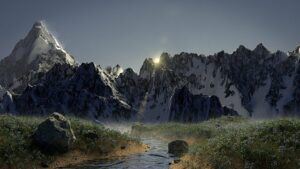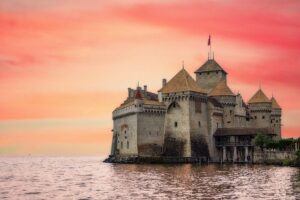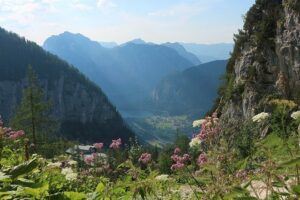Introduction
Kosovo, officially known as the Republic of Kosovo, is a landlocked country located in the Balkan Peninsula of Southeastern Europe. It is situated in the central part of the Balkans, bordered by Serbia to the north and east, North Macedonia to the southeast, Albania to the southwest, and Montenegro to the northwest. In this article, we will explore the exact location of Kosovo on the world map.
Geographical Location
Kosovo is situated between latitudes 42° and 43° N and longitudes 20° and 22° E. It covers an area of approximately 10,908 square kilometers (4,203 square miles). The country’s terrain is diverse, featuring both mountainous and hilly regions. The Sharr Mountains dominate the southern part of the country, while the Rugova Canyon and the Accursed Mountains are notable geographical features in the west.
Position on the World Map
To locate Kosovo on the world map, one must look at the southeastern part of Europe. It is positioned in the western part of the Balkan Peninsula, bordered by several neighboring countries. The capital city, Pristina, is located near the center of the country. When examining a world map, Kosovo is typically found between Serbia to the north and east, North Macedonia to the southeast, Albania to the southwest, and Montenegro to the northwest.
Political Status
Kosovo’s political status has been a subject of international debate. In 2008, Kosovo unilaterally declared independence from Serbia, but its sovereignty is not universally recognized. As of now, Kosovo is recognized as an independent country by over 100 United Nations member states, including the United States and many European Union countries. However, Serbia, along with some other nations, does not recognize Kosovo’s independence.
Historical Background
Kosovo has a rich historical and cultural heritage. It was once part of the Roman Empire and later became a significant territory within the Serbian medieval state. Over the centuries, it experienced various influences from Byzantine, Ottoman, and Austro-Hungarian empires. In more recent history, Kosovo faced conflicts and tensions during the breakup of Yugoslavia in the 1990s, leading to the Kosovo War. The war ended with the intervention of NATO forces and the establishment of the United Nations Interim Administration Mission in Kosovo (UNMIK).
Conclusion
Kosovo is located in Southeastern Europe, specifically in the central part of the Balkans. It is bordered by Serbia, North Macedonia, Albania, and Montenegro. Despite its relatively small size, Kosovo has a complex political history and a diverse cultural heritage. Its position on the world map is subject to political and diplomatic considerations, with some countries recognizing its independence and others not.
References
– CIA World Factbook: www.cia.gov
– United Nations: www.un.org
– Kosovo Government: www.kryeministri-ks.net






